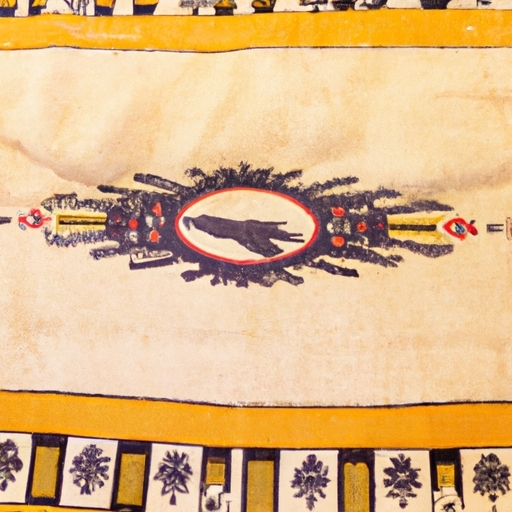
History and significance of Native American rugs
how to make native american flute
When it comes to making a Native American flute, one of the most important aspects to consider is choosing the right materials. The materials you select will not only impact the sound quality of the flute but also its durability and overall appearance.
Traditionally, Native American flutes were made from various types of wood such as cedar, walnut, cherry, or maple. Each type of wood has its own unique characteristics that can influence the tone and resonance of the flute. Cedar, for example, is known for producing a warm and mellow sound while walnut tends to have a richer and deeper tone.
In addition to wood, other materials such as bamboo or PVC can also be used to make Native American flutes. Bamboo is lightweight and durable, making it a popular choice among flute makers. PVC, on the other hand, is affordable and easy to work with but may not produce the same quality of sound as traditional wooden flutes.
When choosing materials for your flute, it's important to consider not only the sound quality but also how comfortable and easy it will be to play. Some woods may be harder or softer than others, affecting how easily you can create notes and control your breath when playing.
Ultimately, the best material for your Native American flute will depend on your personal preferences and playing style. Experimenting with different materials can help you find the perfect combination that produces the sound you desire while also being enjoyable to play.
In conclusion, selecting the right materials for your Native American flute is crucial in creating an instrument that both sounds great and feels comfortable to play. Whether you choose traditional wood or opt for alternative options like bamboo or PVC, taking time to explore different materials will ensure that you have a flute that meets your musical needs and preferences.